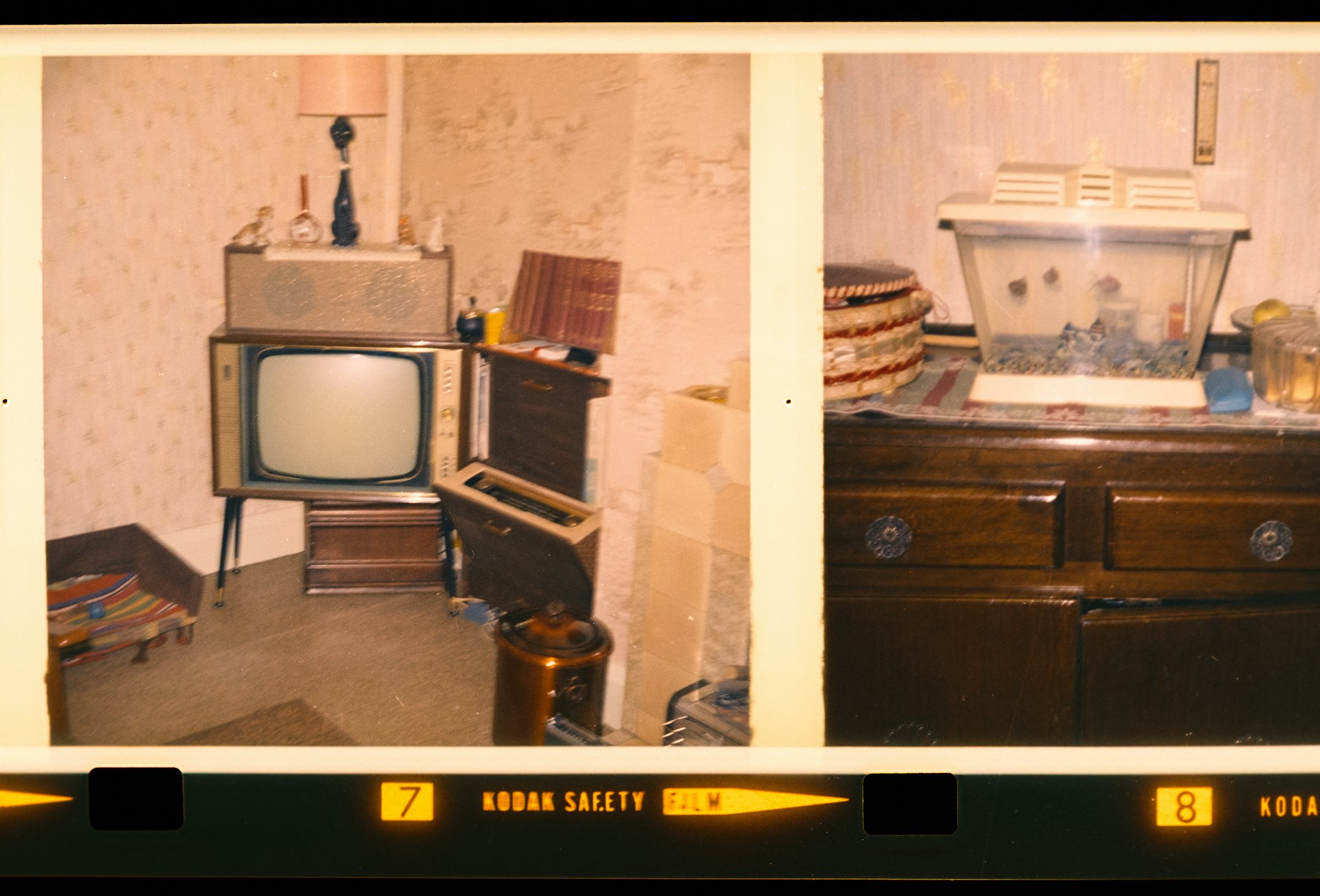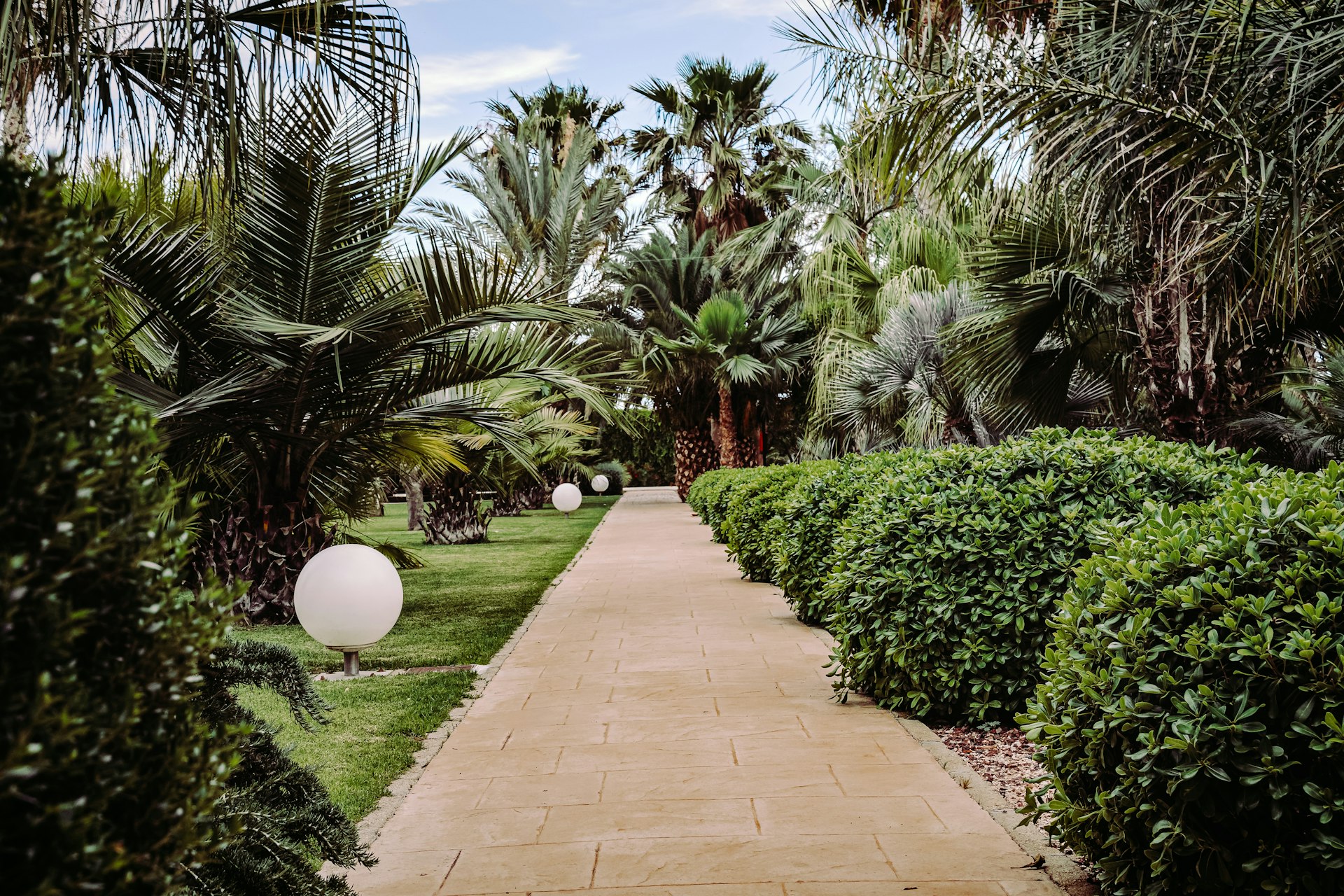Transform Your Backyard: Actionable Outdoor Living Space Ideas for Every Home

Photo by Leonardo Iheme on Unsplash
Introduction
Outdoor living spaces have evolved from simple patios into multi-functional extensions of the home, offering comfort, entertainment, and relaxation all year round. Whether you have a sprawling backyard or a compact patio, there are actionable strategies and design ideas to maximize your space. This comprehensive guide delivers practical, verified approaches to designing an inviting outdoor area, from initial planning through to real-world implementation. All guidance herein is based on current expert recommendations and verified sources, ensuring you receive reliable, actionable advice.
Planning Your Outdoor Living Space: Foundations for Success
Every successful outdoor living space begins with a solid plan. Industry experts recommend starting with these core principles:
- Prioritize Furniture Layout : Plan your layout around furniture and functional needs before committing to permanent structures. Arrange seating, dining, and cooking zones in a way that feels natural and accessible. This approach ensures your space is comfortable and encourages frequent use [4] .
- Define Functional Zones : Create dedicated areas for grilling, dining, and lounging. Each zone serves a distinct purpose, making your outdoor space adaptable for gatherings, family meals, or quiet retreats [4] .
- Seamless Indoor-Outdoor Transition : Strive for a barrier-free transition between your interior and exterior. Level surfaces, wide doorways, and consistent flooring materials can make your backyard feel like a true extension of your home [4] .
For those just starting, sketch a simple floor plan and consider how you move between your indoor and outdoor areas. Take note of sun patterns, existing landscaping, and privacy concerns.
Design Ideas for Every Budget and Space Size
No matter your budget or backyard size, there are creative solutions to enhance your outdoor living experience:
Classic Outdoor Living Room
Establish an inviting atmosphere by arranging comfortable sofas, weather-resistant chairs, and accent tables. Add soft textiles, houseplants, and ambient lighting to create a cozy environment that encourages relaxation and socializing. Even small patios can benefit from this approach-focus on maximizing comfort and function over sheer size [1] .
Implementation Steps: Start by measuring your available space. Choose modular or foldable furniture for flexibility. Incorporate shade elements such as umbrellas or pergolas to extend usability throughout the day. If you have limited space, consider stackable or multi-purpose furniture pieces.
Poolside or Water Feature Retreat
Water features, from full-sized pools to small fountains, can become the focal point of your backyard. For those with the space and budget, a pool enhances entertainment and relaxation. Budget-conscious homeowners can opt for compact fountains or DIY bubbling creeks that offer soothing ambiance without major construction [1] .
Implementation Steps: Research local zoning and safety requirements before installation. For small features, pre-formed fountain kits are widely available at home improvement stores. Ensure any water feature is placed near seating for maximum enjoyment. Solar-powered options can help reduce utility costs and simplify installation.
Multifunctional Outdoor Rooms
Extend indoor comforts outdoors by integrating full living, dining, and kitchen amenities. Install weather-resistant cabinetry, countertops, and built-in grills for a seamless cooking experience. Use outdoor rugs and coordinated décor to visually unify the space [2] .
Implementation Steps: Begin by establishing essential infrastructure-electricity, water, and shelter. For budget options, portable grills and collapsible tables can serve similar functions. Layer lighting (string lights, lanterns, spotlights) to enable use after dark.
Sustainable and Low-Maintenance Solutions
Eco-friendly design isn’t just a trend-it reduces long-term costs and maintenance:
- Native Plant Landscaping : Choose plants adapted to your local climate for lower maintenance, reduced water use, and greater ecological benefit. Native species also attract pollinators and support biodiversity [2] .
- Vertical Gardens : For compact spaces, utilize walls, trellises, or stackable planters to grow herbs, vegetables, or flowers. This maximizes greenery and visual interest while conserving ground space [2] .
- Low-Maintenance Materials : Opt for composite decking, weatherproof fabrics, and rust-resistant metals to ensure your outdoor living area remains attractive and functional with minimal upkeep [3] .
To implement, consult your local garden center for native plant recommendations. For vertical gardens, modular kits are widely available and can be installed on most sturdy walls or fences.
Personalizing Your Outdoor Space: Style and Utility
Make your outdoor area unique by blending style with function:
- Color Coordination : Select outdoor decor and furniture in colors and styles that complement your interior design for a cohesive look [3] .
- Lighting : Use layered lighting-ambient for general use, task lighting for cooking or reading, and accent lighting to highlight features. Solar-powered lights offer a sustainable, low-maintenance option.
- Flexible Design : Modular and movable furnishings allow you to adapt the space for different occasions, from family dinners to large gatherings.
For inspiration, explore photo galleries from established renovation platforms like Houzz. You can view thousands of real-world projects and connect with local professionals if you wish to hire expert help [5] .
Addressing Common Challenges and Solutions
Many homeowners encounter similar obstacles when transforming their outdoor living spaces. Here’s how to address the most common:
- Limited Space : Use vertical elements and compact furniture. Mirrors and light colors can visually expand the area.
- Budget Constraints : Prioritize key features and phase your project. Start with core furniture and add amenities over time. DIY options, such as building your own planters or laying a gravel patio, can significantly reduce costs [1] .
- Climate Considerations : Invest in durable, weather-resistant materials. Use retractable awnings or umbrellas for shade and rain protection. In colder climates, consider outdoor heaters or fire pits for year-round use.
For further advice, consult local contractors or landscape architects who understand your region’s climate and building codes. Many offer free initial consultations.
Step-by-Step Guide: Bringing Your Outdoor Living Space to Life
- Assess Your Space : Measure your area, note sun and shade patterns, and identify existing features or restrictions.
- Set a Budget : Determine how much you wish to invest upfront and which elements are most important to you.
- Develop a Floor Plan : Sketch your space and allocate zones for lounging, dining, and cooking. Consider how people will move between each area.
- Select Materials and Furnishings : Choose durable, weather-appropriate options. For inspiration, visit local home improvement retailers or view photo galleries on reputable design sites [5] .
- Install Key Features : Begin with foundational elements like flooring, major furniture, and shade structures. Add decorative accents, lighting, and greenery as your budget allows.
- Personalize and Maintain : Accessorize with cushions, throws, and plants to reflect your style. Implement a simple maintenance routine to keep the space inviting year-round.
Remember, every outdoor living project is unique. Adapt these steps to your needs, and don’t hesitate to seek professional guidance for complex installations or landscaping.
How to Find Professional Help or DIY Resources
If you prefer professional assistance, consider searching for local landscape designers, contractors, or outdoor living specialists. Look for providers with verified reviews and portfolios on reputable platforms such as Houzz or through your regional home builder association. For DIY resources, many home improvement stores offer free workshops and online guides tailored to outdoor projects.

Photo by Lisa Anna on Unsplash
When hiring professionals:
- Request references and review past projects.
- Verify licensing and insurance as required by your state or municipality.
- Discuss your budget and timeline openly to ensure clear expectations.
If you choose the DIY route, start with small, manageable projects and expand as your skills and confidence grow.
Conclusion
Creating an inviting and functional outdoor living space is achievable for every homeowner, regardless of budget or lot size. By following expert planning principles, embracing sustainable and space-saving solutions, and personalizing your design, you can transform your backyard into a true extension of your home. Whether you seek a lively entertainment hub or a tranquil retreat, the actionable steps and verified resources in this guide will help you bring your vision to life.
References
- [1] Extra Space Storage (2023). How to Design an Outdoor Living Space for Any Budget.
- [2] GreatNews.Life (2024). 10 Outdoor Living Landscape Design Ideas to Transform Your Backyard.
- [3] House Beautiful (2025). 74 Best Patio Decor Ideas for Any Outdoor Space.
- [4] MasterPlan Outdoor Living (2024). Behind the Design: How to Create the Perfect Outdoor Living Space.
- [5] Houzz (2025). 75 Outdoor Ideas You’ll Love.
MORE FROM hotondeals.com













